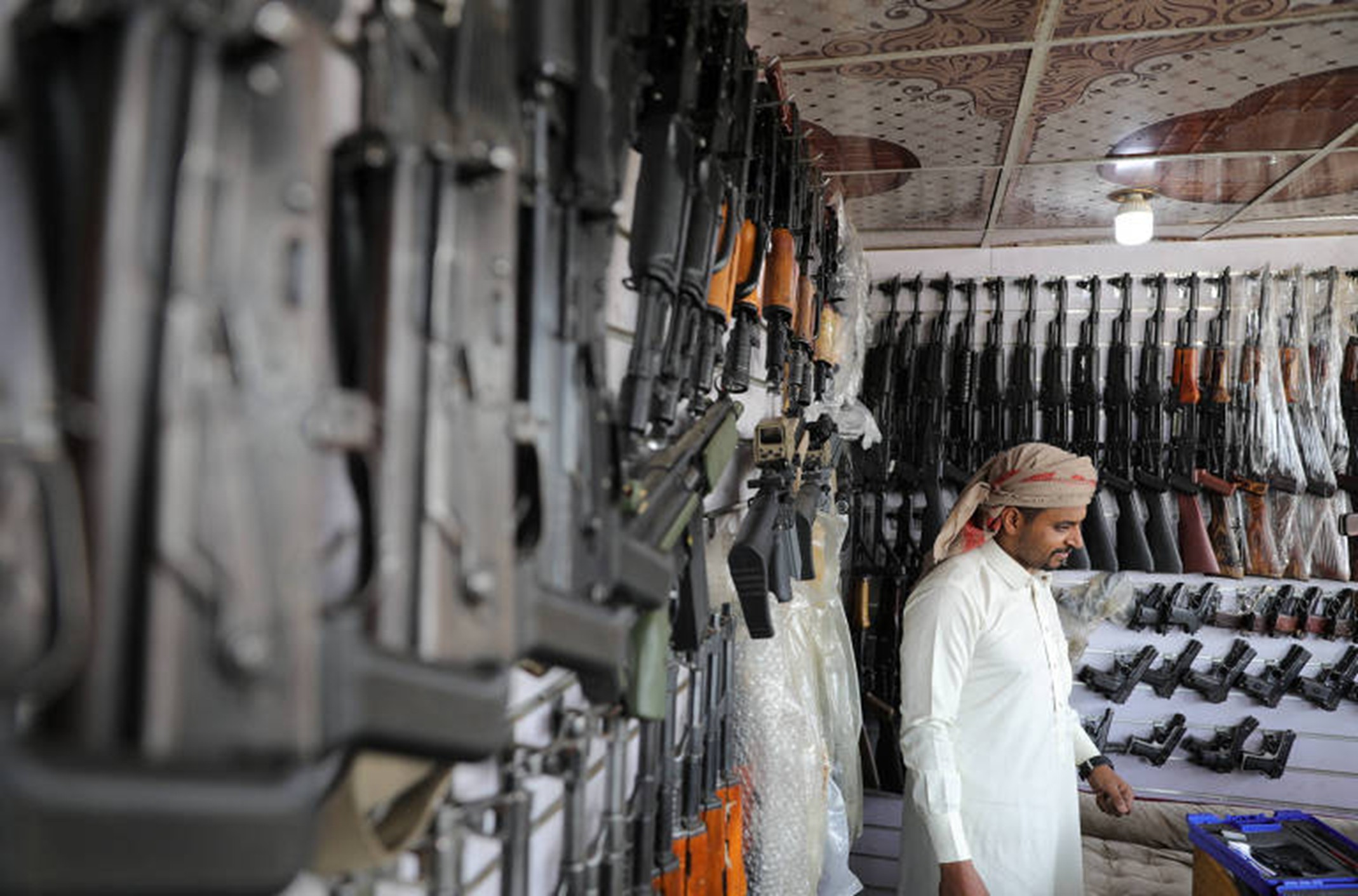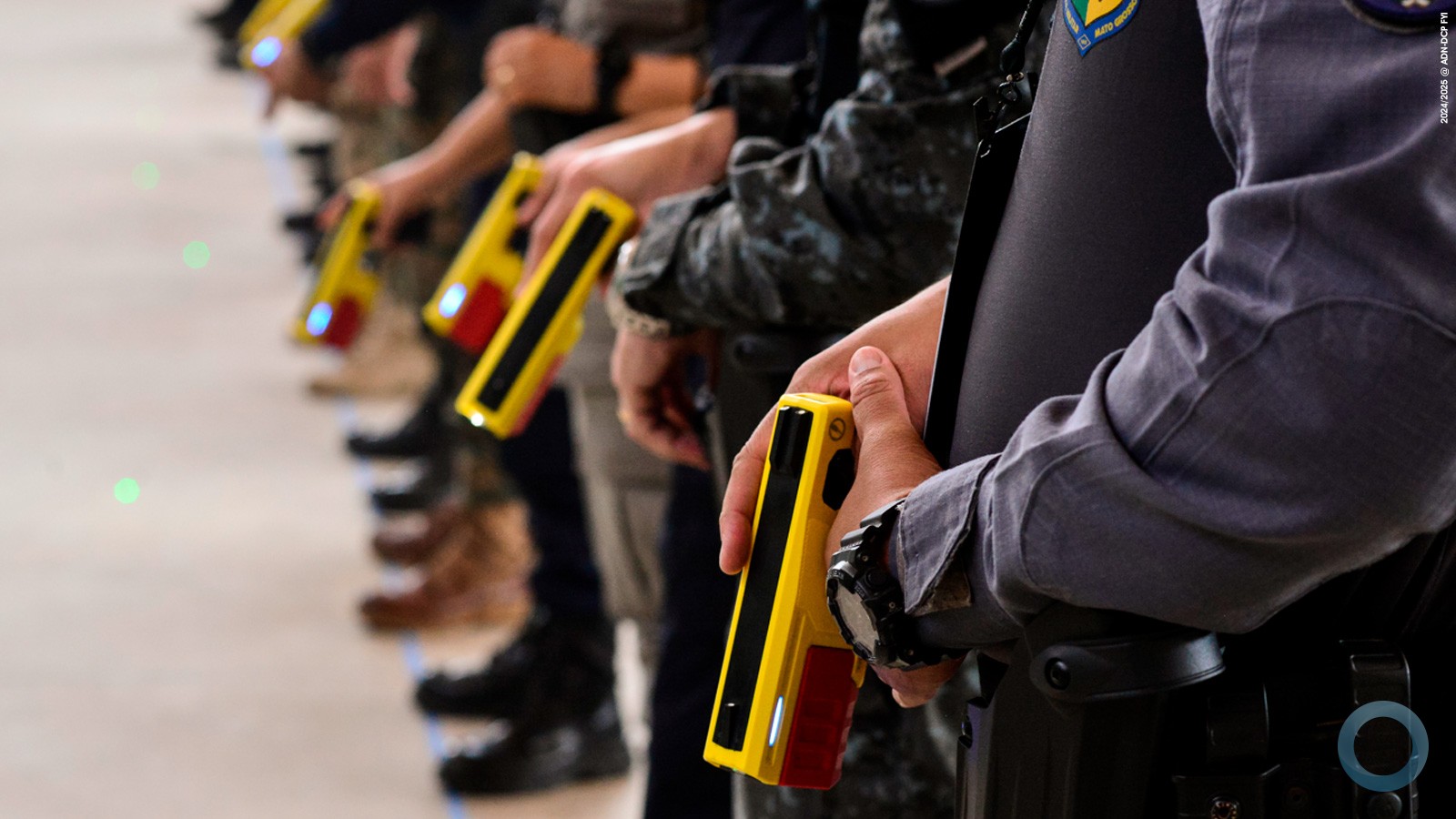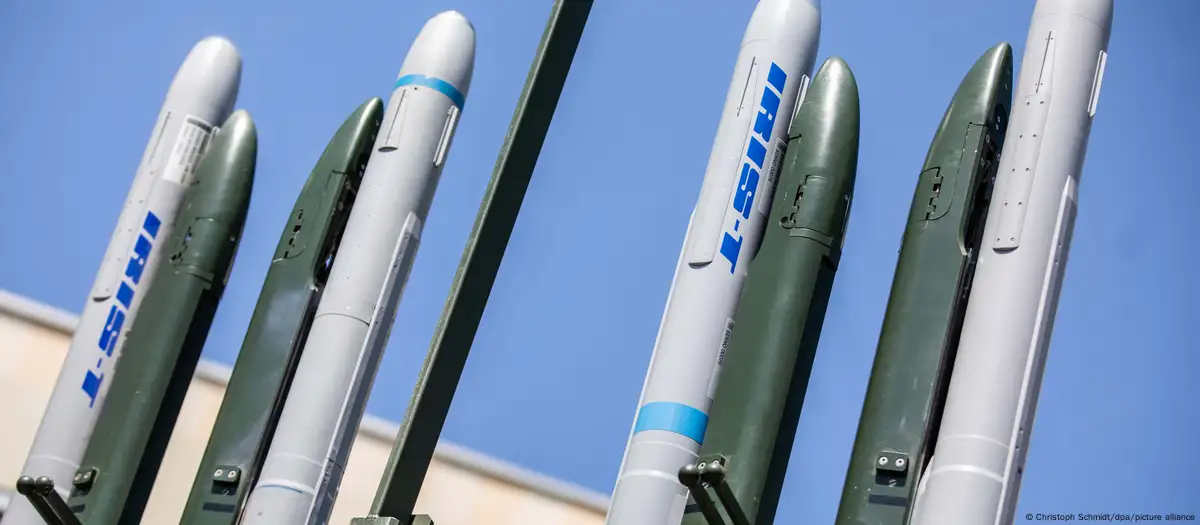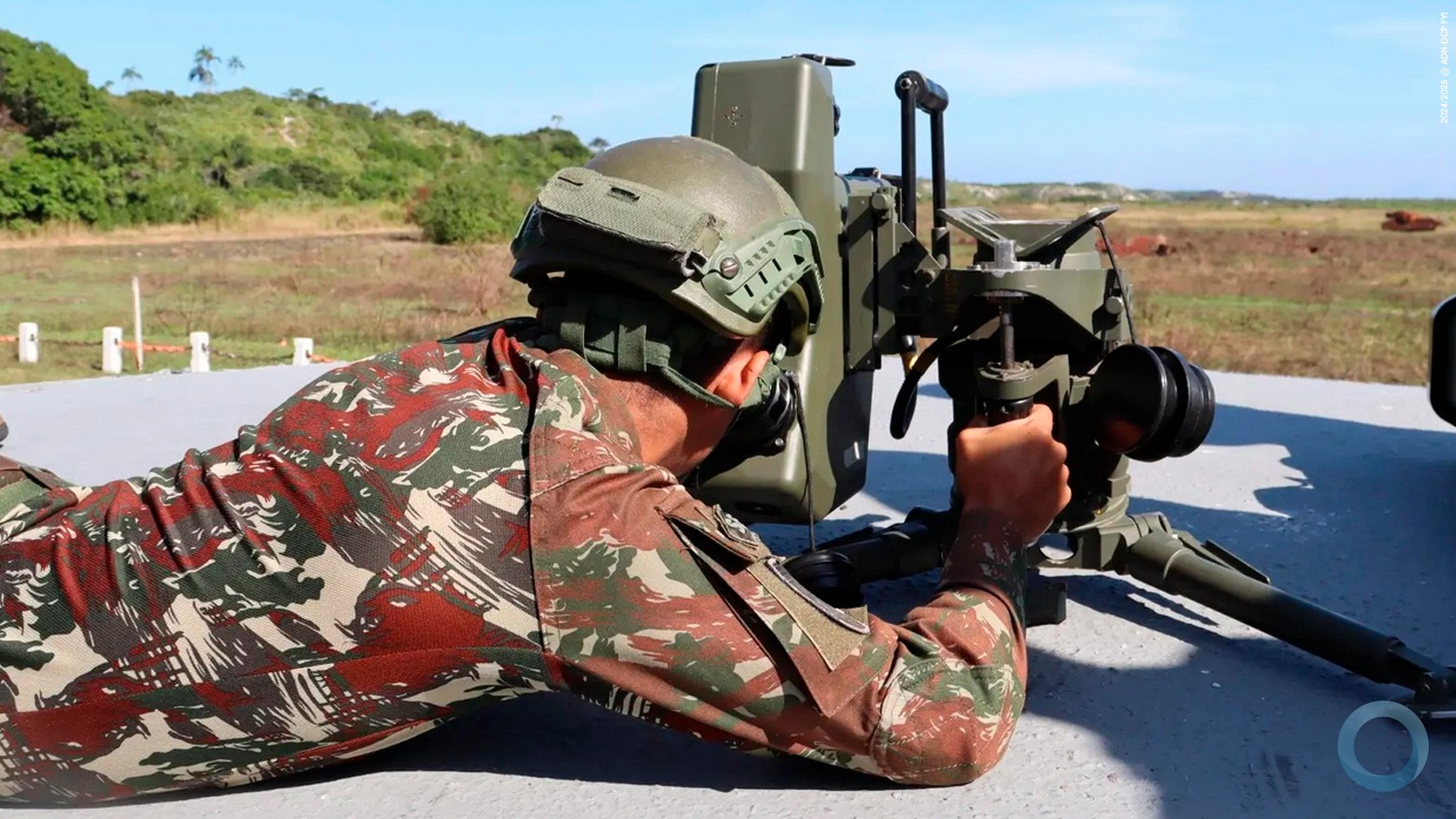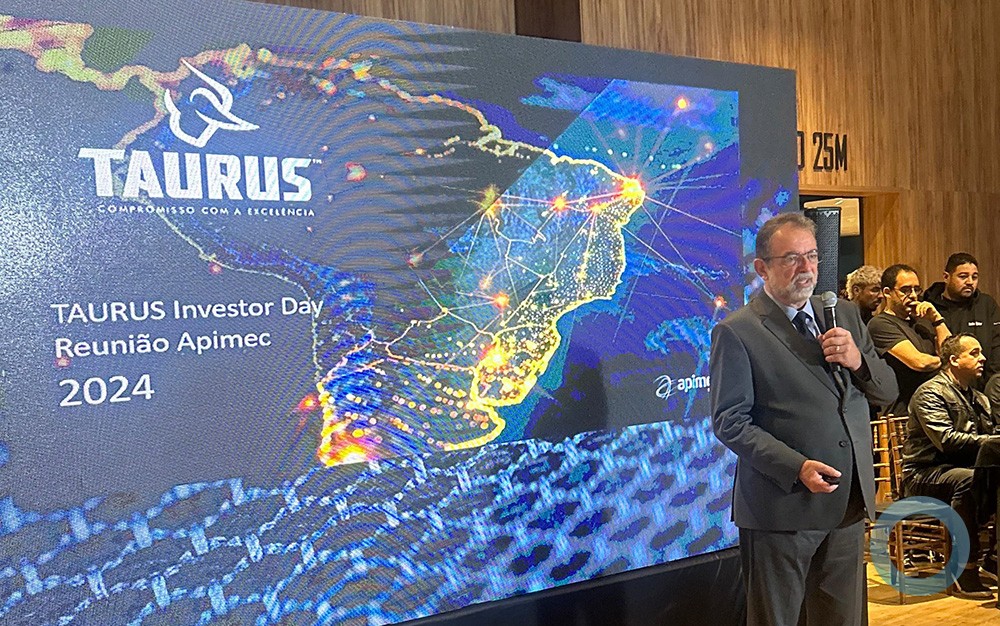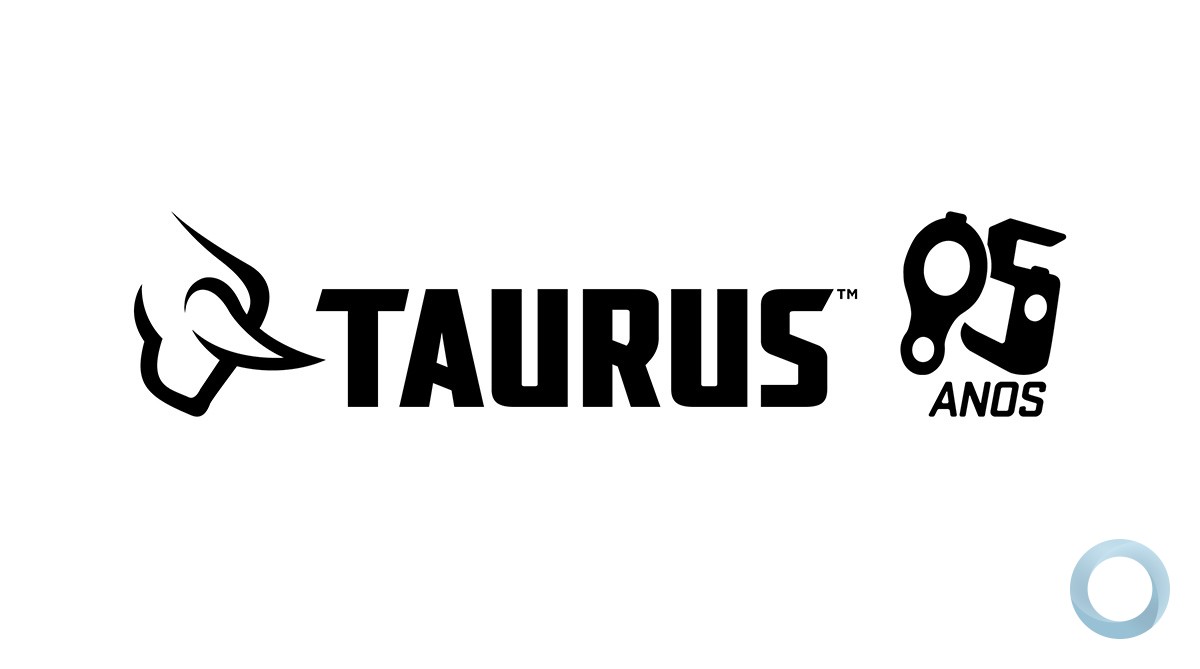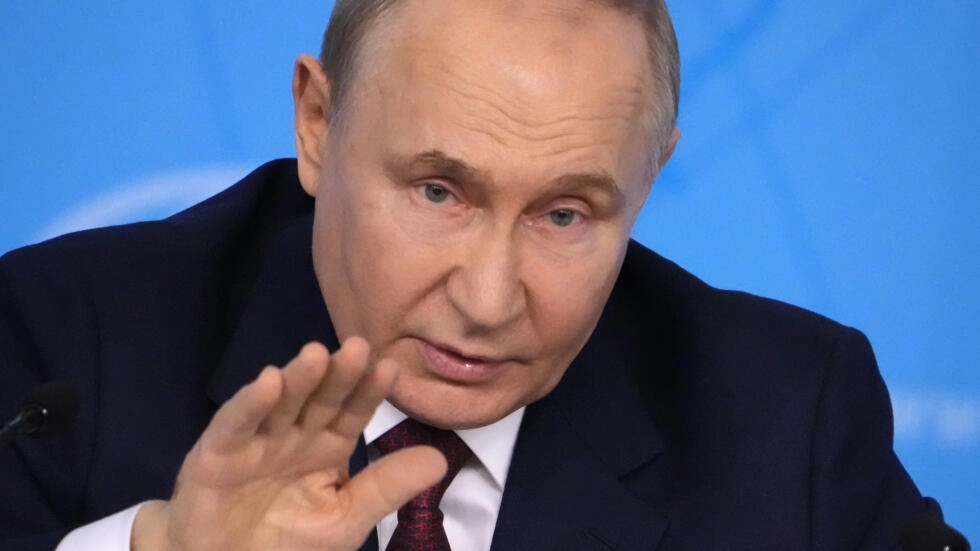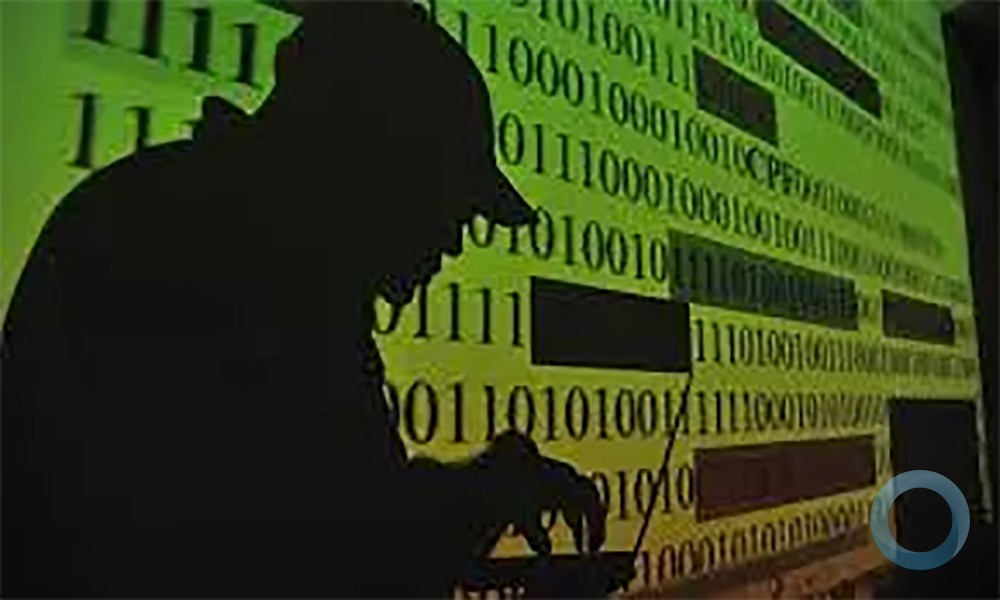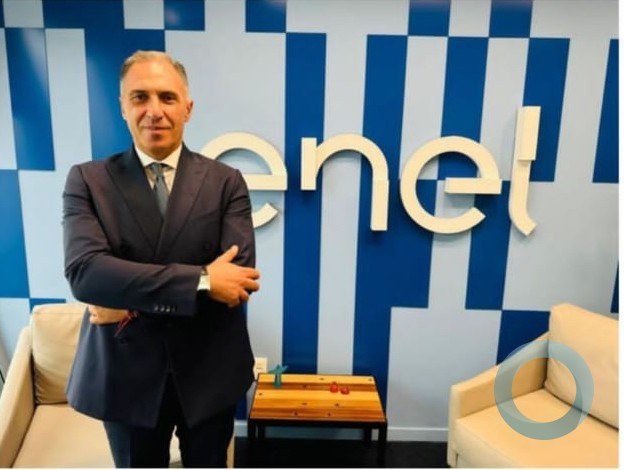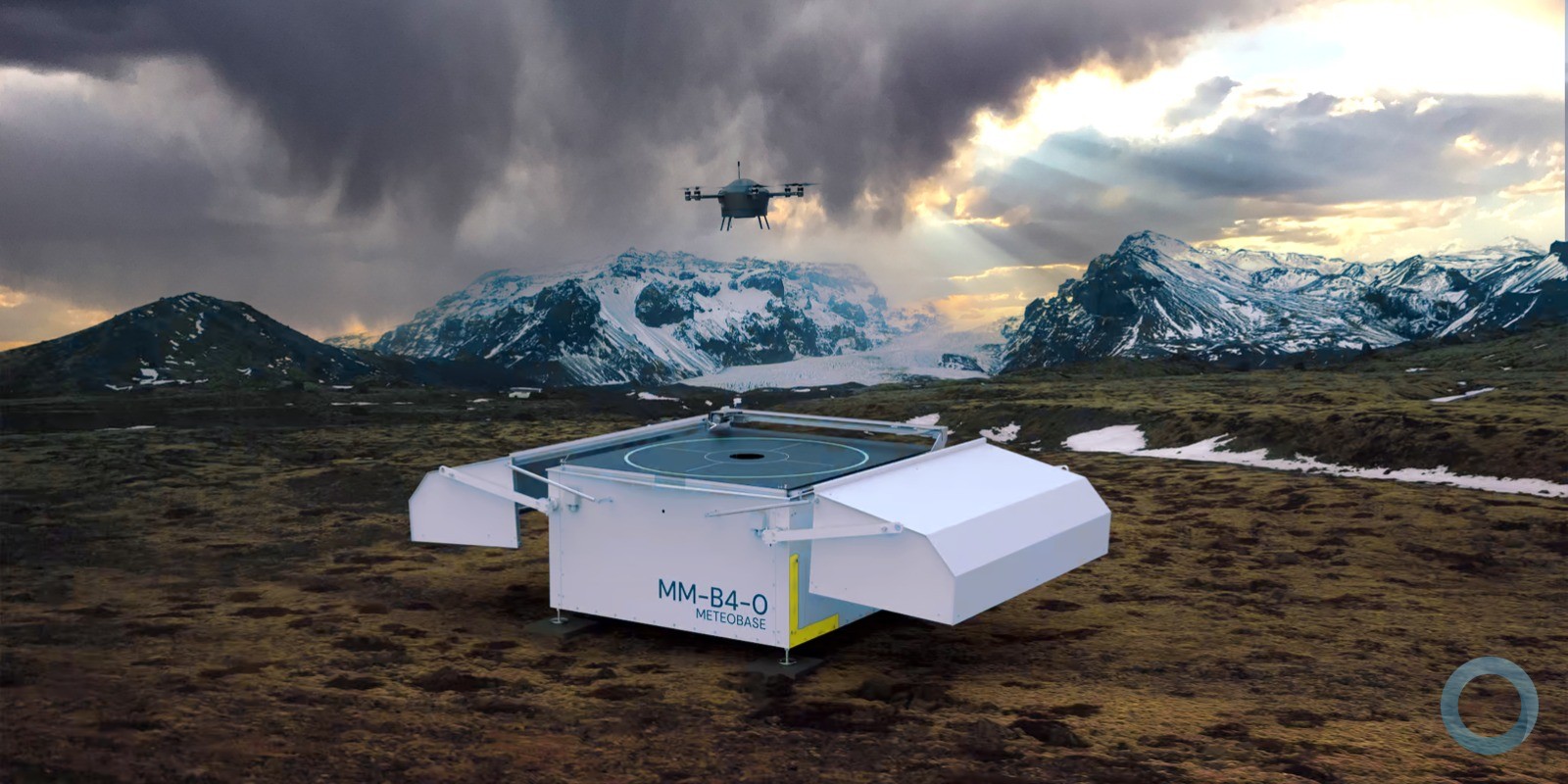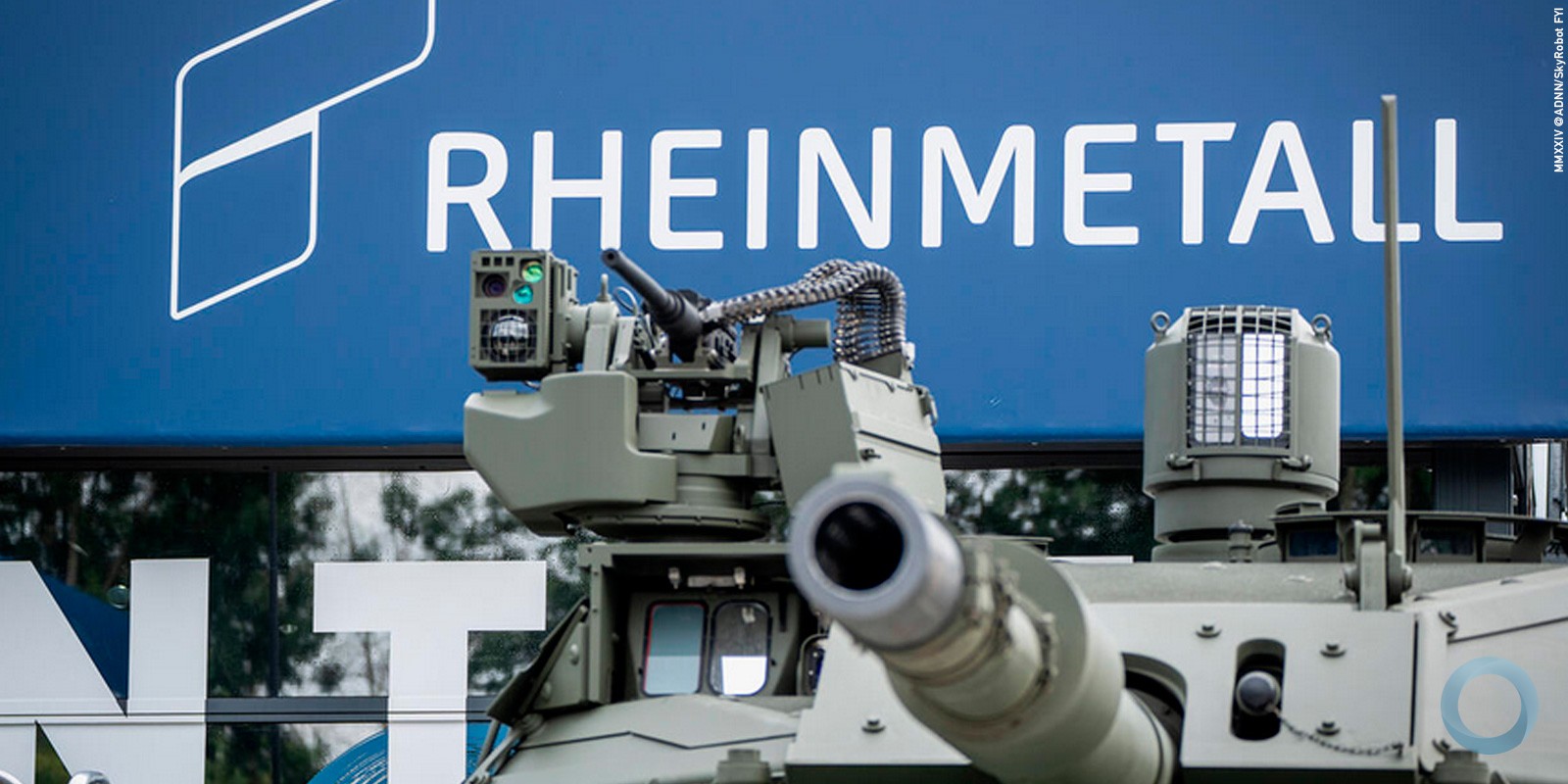Note DefesaNet
For text in portuguese
ARGENTINA + IRÃ + Venezuela = Terror e Acordo Nuclear Link
The Editor
Leonardo Coutinho
Revista VEJA
from Washington DC
text in english from Veja International
Argentinians have been wondering for the last two months what happened on January 18, the day in which federal prosecutor Alberto Nisman was found dead in the bathroom of his apartment in Buenos Aires. Only four days previously, he had presented the justice ministry with an indictment against president Cristina Kirchner and another four people he accused of covering up Iran´s participation in the terrorist attack which resulted in 85 deaths and 300 wounded in the headquarters of the Israeli Argentina Mutual Association (AMIA) in 1994.
Nisman explained in his document that, besides the signing of a Memorandum of Understanding that would allow Iran to interfere in the investigation of the case, the Islamic Republic wanted the Argentinians to remove the names of five Iranians and one Lebanese from the list of people wanted by Interpol. The Argentinian government went out of its way to disparage Nisman´s findings.
Three weeks ago a judge formally turned down Nisman´s indictment that had been presented once again by a new prosecutor. Without even trying to hide her political alignment with the government, the judge took advantage of the decision which overturned Nisman´s denunciation to praise the president and her administration.
Everything indicated that the crime for which Cristina Kirchner and other members of her government were accused of by Nisman would become one of the many mysterious episodes in Argentina´s recent history. However, an agreement between countries, even when made in the shadows, leaves traces. Since 2012, 12 senior members of the Chavez government have sought political asylum in the United States, where they are cooperating with the authorities in investigations on the Caracas government´s participation in international drugs trafficking and supporting terrorism. VEJA spoke separately to three of the 12 exiled former Chavez supporters in the United States.
To prevent any retaliation to their relatives in Venezuela, they asked not to be identified in this article. They were all part of Chavez´s cabinet. After Chavez´s death in 2013, they shared power with Maduro but fell out with him after a couple of months. The former members of the Chavez government said they had been present in Caracas when the leaders of Iran and Venezuela discussed the agreement that the prosecutor Nisman denounced in Buenos Aires. They said that the representatives of the Argentinian government received large amounts of dollars in cash. In exchange for the money, the Chavez dissidents said Iran had asked that those behind the terrorist attack should be covered up.
The Argentinians would also have to share with the Iranians their long experience in heavy water nuclear reactor, an old-fashioned, expensive and complicated system but one that allows plutonium to be obtained from natural uranium. This shortcut is of great advantage to a country that is interested in building atomic bombs without the need to enrich the uranium and, therefore, draw the attention of the international supervisory authorities.
The former Chavez defectors said the then president of Iran, Mahmoud Ahmadinejad, landed in the Venezuelan capital on the morning of Saturday January 13, 2007 for his second visit to the country. Once the protocol ceremonies were over, Chavez received Ahmadinejad for a meeting in the Miraflores Palace, accompanied only by their bodyguards, interpreter and top tier members of the Venezuelan government.
The meeting occurred around noon, just before lunch, and the conversation lasted around 15 minutes. They spoke about bilateral agreements, investments in the oil sector and student interchange. It was then that Ahmadinejad told Chavez he needed a favor. A member of the military who was a witness to the meeting told VEJA that the following dialogue occurred:
Ahmadinejad – This is a matter of life or death. I need you to be an intermediary with Argentina to get help for my country´s nuclear program. We need Argentina to share its nuclear technology with us. It will be impossible to advance with our program without Argentina´s cooperation.
Chavez – I will do this very quickly, comrade.
Ahmadinejad – Don´t worry about the cost involved in this operation. Iran will back it up with all the money needed to convince the Argentinians. There is another question. I need you to discourage Argentina from continuing to insist with Interpol that authorities from Iran be imprisoned.
Chavez – I will take care of this personally.
The presidents got up and went to lunch. Afterwards, they returned for a new meeting. The Iranian interpreter was the only outsider present this time. The former Chavez staff members exiled in Washington told VEJA that they participated directly in the arrangements made by Chavez to meet Ahmadinejad´s request. The two presidents saw an opportunity to make an agreement attractive to Argentina by having Venezuela buy Argentinean bonds which it had been doing since 2005.
The Venezuelan Treasury bought US$ 1.8 billion of Argentinean debt in 2007. At the end of 2008, Venezuela held US$ 6 billion dollars in Argentinean sovereign debt. It was a great deal for Argentina as it faced the constant threat of a moratorium which frightened investors off. The Kirchners, Nestor and Cristina, thanked Chavez in public on a number of occasions for the financial operation.
The direct transfer of money from Caracas to Buenos Aires was less sophisticated and more problematic. In August 2007, Guido Antonini Wilson, a Venezuelan businessman based in the United States, was caught by the Argentinean customs trying to enter the country with a suitcase containing US$ 800,000. He later claimed that the money was destined for the campaign of Cristina Kirchner who was elected President of Argentina two months later, succeeding her husband, Nestor Kirchner. By coincidence, Chavez had an official visit to the Argentinean capital scheduled for two days after Antonini was imprisoned. One of the former members of the Chavez government VEJA heard was with Chavez when he was informed of the imprisonment by Rafael Ramirez who was then president of the state-owned oil company PDVSA and is now Venezuelan ambassador to the United Nations. Chavez swore and asked who the “idiot” was who had coordinated the operation.
“The money was originally from Iran for Cristina Kirchner´s campaign,” said the eyewitness. “I cannot confirm that she knew the money was Iranian but there is no doubt she knew that it came from a clandestine source,” he added.
Antonini was then released and sought out the FBI when he returned to the United States to explain what had happened with the suitcase. Chavez´s intelligence service tried to dissuade Antonini from doing so. The operation is described in the book “Chavistas en el Imperio” by the Cuban-American journalist Casto Ocando and is based on the FBI information on Antonini. Ocando said the agents of Henry Rangel Silva, Venezuela´s chief of intelligence, offered to provide Antonini with lawyers and when he refused the offer, threatened him and his son with death.
The conversations with the lawyers paid for by the Venezuelans were taped by the FBI. In one of them, dated September 7, 2007, they said that Caracas was willing to pay two million dollars for Antonini´s silence. The spies were arrested and accused of conspiracy. In his book, Ocando is right in concluding that Chavez was ready to do anything to cover up the origin of the money, including assuming the blame for the remittance and attributing it to the PDVSA. What Ocando did not know and now knows is that the resources came from Iran.
The money arrived in Venezuela in the same form as it had been sent to Argentina: in suitcases. At the meeting in which Ahmadinejad had asked Chavez to make a deal attractive to Argentina, the two presidents also decided to create a flight on the Caracas, Damascus and Tehran route which the Chavez leadership later nicknamed “aeroterror”. Between March 2007 and September 2010, an A340 Airbus flew this route twice a month. According to the former Chavez loyalists heard by VEJA, the plane carried cocaine when it left Caracas. It also carried documents and equipment although the ex-Chavez staff had no details about them. The drugs were unloaded in the Syrian capital from where they were redistributed by Hezbollah, a terrorist group from Lebanon.
The American authorities have known since 2012, when the first Chavez defectors began to go into exile in the United States, that drug trafficking overtook Iran as the main source of Hezbollah´s financing. When the plane made its return flight, it carried cash and terrorists on the international wanted list.
One of the main operators of the Caracas-Teheran flights was Venezuela´s interior minister, Tareck El-Aissami, currently the governor of the state of Aragua. The Drug Enforcement Administration (DEA) collected a number of statements that showed he was the link between the FARC rebels in Colombia and Hezbollah. El-Aissami had an agent called Ghazi Nasr al-Din, a Lebanese who was at that time the commercial attaché at the Venezuelan embassy in Damascus.
Al-Din, who was put on the FBI´s most wanted list at the end of January, had the mission of producing and distributing Venezuelan passports to hide the real identities of the terrorists who travelled throughout the world. Among those whose identity he covered up was the cleric Mohsen Rabbani who Nisman claimed was the executor of the Amia attack. Rabbani visited Brazil at least three times using a passport provided by Al-Din. Even when the “aeroterror” flights ended in 2010, Venezuela continued to supply documents to hide the real identities of terrorists. One of the exiled former Chavez staff said that the Caracas government gave shelter to at least 35 members of the Hezbollah group in May 2013.
The ex-Chavez loyalists interviewed for this article did not know whether the Iranians succeeded in obtaining the information on the Argentinean nuclear program that Ahmaninejad had wanted so badly. Although they belonged to Chavez´s inner circle, the discussions on this issue were reserved for the Venezuelan and Iranian defense ministers. The negotiator on the Argentinean side was Nilda Garré who is currently the country´s ambassador to the Organization of American States (OAS).
She is a former Montonero guerrilla who met Chavez a number of times and had a close relationship with him which was made official in 2005 when she was nominated as Argentina´s ambassador to Caracas. One of the Chavez deserters said it was Chavez himself who had asked Nestor Kirchner to nominate Garré for the post. Chavez and Garré also had an intimate personal relationship which is only of public interest as it was one of the components of the political alliance between the two countries.
“It was something like ‘Fifty Shades of Grey’”, said the former Chavez supporter who added that when Chavez and Garré met in his office in the Miraflores Palace, the sounds of partying could be heard from a long way off. Garré returned to Buenos Aires after six months to take up the defense post where she remained until 2010. “I cannot confirm that the Argentinean government handed over nuclear secrets but I know it received a lot through legal means (bonds) and illegal means (suitcases filled with cash) in exchange for something that was very valuable to the Iranians.” Another exiled former Chavez staff member said:” The person who knows these secrets in Argentina is the ex-ambassador Garré.”
There are similarities between the nuclear reactors at Arak in Iran and Atucha in Argentina. Both were planned to produce plutonium, an essential element in building atomic weapons, using only natural uranium. The difference is that Arak should have come into operation last year but there are no signs that this has actually occurred. The Atucha reactor has been operating since 1974 and generates 2.5% of Argentina´s electrical energy. The Argentineans´ nuclear technology was also useful in starting up the Bushir plant that had been left unfinished since 1979. Bushir was inaugurated in 2011. Perhaps minister Garré can provide a clearer picture of the Teheran-Buenos Aires agreement that was stitched up in Caracas.







